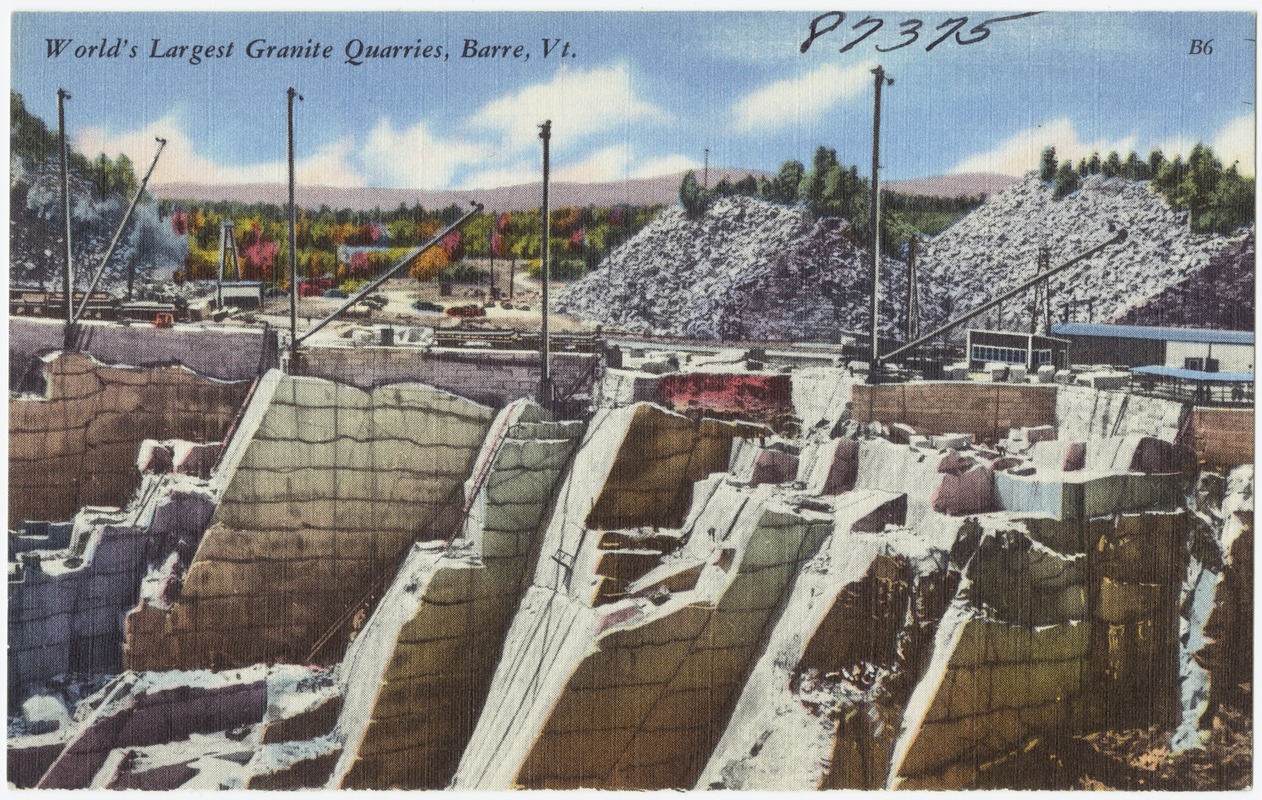Checking Out Granite Quarries in South Africa: A Comprehensive Overview
Checking Out Granite Quarries in South Africa: A Comprehensive Overview
Blog Article
Discovering the Rich Background and Sustainable Practices of Granite Quarrying
As we stand on the precipice of discovering the detailed tapestry of granite quarrying, a journey through time exposes not just the physical act of drawing out stone yet likewise the cultural and historical relevance woven right into the really fabric of this method. From the ancient origins that laid the structure for modern-day quarrying strategies to the lasting practices that are shaping the future of this industry, each sculpt mark on granite surfaces narrates waiting to be discovered (granite quarries in south africa). The legacy of granite quarrying stretches far beyond plain extraction; it is a testament to human ingenuity, durability, and the long-lasting allure of this majestic rock
Ancient Origins of Granite Quarrying
Dating back to old human beings, the method of quarrying granite has actually been an indispensable component of human background and building advancement. The earliest proof of granite quarrying go back to old Egypt, where substantial pyramids and detailed sculptures were crafted from this durable stone. The Egyptians used primitive devices to draw out granite blocks from quarries, showcasing the value of this product in their huge building and constructions.
Progressing in background, the Greeks also made considerable contributions to the quarrying of granite. The Greeks used granite in various architectural marvels, such as temples and sculptures, demonstrating their skill in shaping and carving this durable rock. The Romans additionally fine-tuned the techniques of quarrying granite, employing innovative tools like chisels and hammers to extract and form granite for their renowned structures.
Through the centuries, the technique of quarrying granite has actually advanced, with modern technologies improving performance while preserving the classic allure of this all-natural rock - granite quarries in south africa. From ancient people to modern builders, the tradition of granite quarrying proceeds to shape our world
Evolution of Quarrying Techniques
The advancement of quarrying strategies has been noted by a continuous development in the direction of better performance and accuracy in drawing out granite. From the simple techniques employed by our ancestors to the advanced technologies utilized in modern-day quarrying procedures, the industry has gone through considerable advancements. Early quarrying methods entailed manual labor with basic tools such as blades, hammers, and wedges to draw out granite blocks from the earth. As worlds advanced, strategies like fire-setting and primitive explosives were presented to assist in the removal process.
In more current times, the arrival of machinery reinvented the quarrying industry, allowing much faster extraction prices and raised performance. Technologies such as diamond cord saws, high-pressure water jets, and pneumatically-driven drills have ended up being basic in modern-day quarries, enabling exact cutting and reduced waste. In addition, improvements in computer-controlled tools and 3D modeling have actually optimized quarrying procedures, causing minimal environmental effect and boosted sustainability practices. As the demand for granite remains to increase, the advancement of quarrying strategies continues to be essential to conference industry requires effectively and sustainably.
Cultural Value of Granite
Granite holds an extensive cultural relevance across different human beings due to its enduring existence in building masterpieces and respected monuments. The social importance of granite extends beyond its physical characteristics; it personifies resilience, security, and eternity, making it a symbol of enduring heritages and traditions.

Sustainable Practices in Quarrying
Amidst the rich history of granite quarrying and its cultural relevance exists a growing emphasis on lasting practices within the market. As environmental understanding and problems about source deficiency have actually heightened worldwide, the quarrying field has progressively welcomed lasting methods to reduce its influence on the environment and surrounding areas.

Moreover, reclamation and recovery of quarry sites post-extraction are integral to lasting practices. By bring back quarried areas to an all-natural or advantageous state, such as creating wildlife environments or entertainment spaces, quarriers can offset the ecological footprint of their operations and add favorably to the local ecological community.
Legacy of Granite Quarrying
With a historical background soaked in workmanship and commercial progression, what enduring effect has granite quarrying left on the landscape of contemporary culture? The heritage of granite quarrying transcends plain removal methods; it has formed building marvels, metropolitan landscapes, and cultural heritage worldwide. The resilient nature of granite has actually made it a recommended option for monoliths, buildings, and facilities, standing as a testimony to the skill and artistry of quarry employees across generations.
In addition, the economic footprint of granite quarrying can not be neglected. The sector remains to give job opportunity and drive neighborhood economic situations in areas where granite removal is widespread. It has likewise stimulated technological improvements in quarrying methods and tools, resulting in more effective and lasting techniques.
In terms of sustainability, the heritage of granite quarrying includes initiatives to reduce ecological impacts through improvement tasks and responsible resource monitoring. By stabilizing financial passions with environmental stewardship, the sector makes every effort to make sure that future generations can remain to take advantage of this enduring natural source.
Final Thought

Report this page